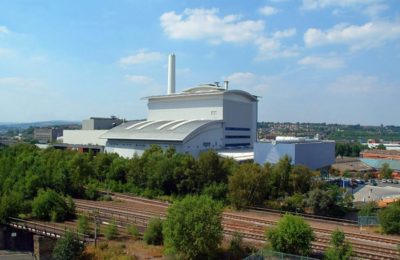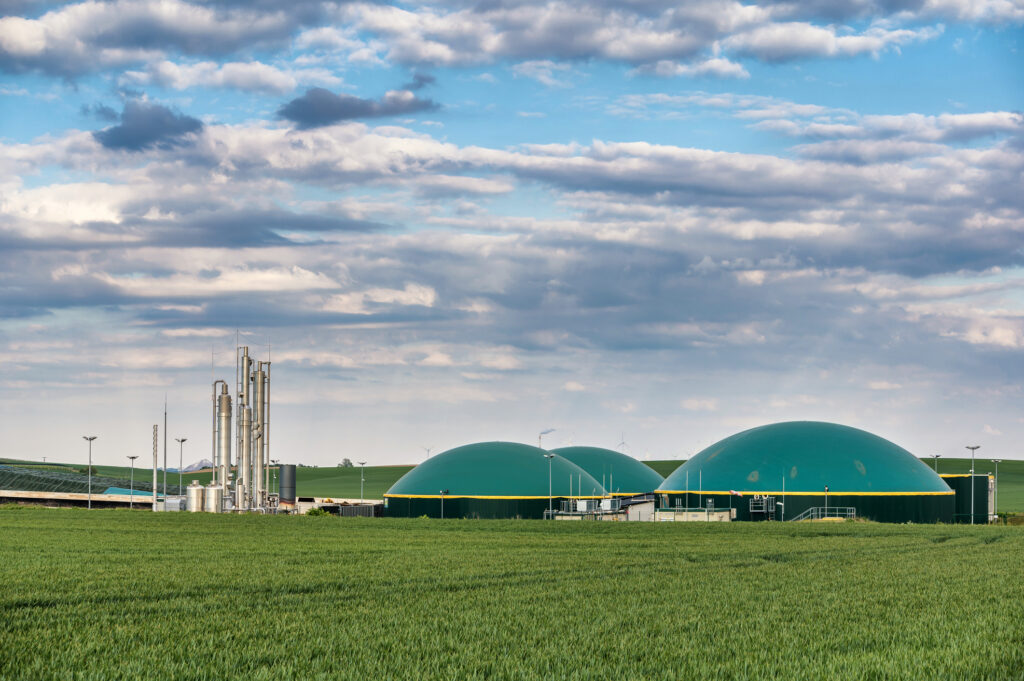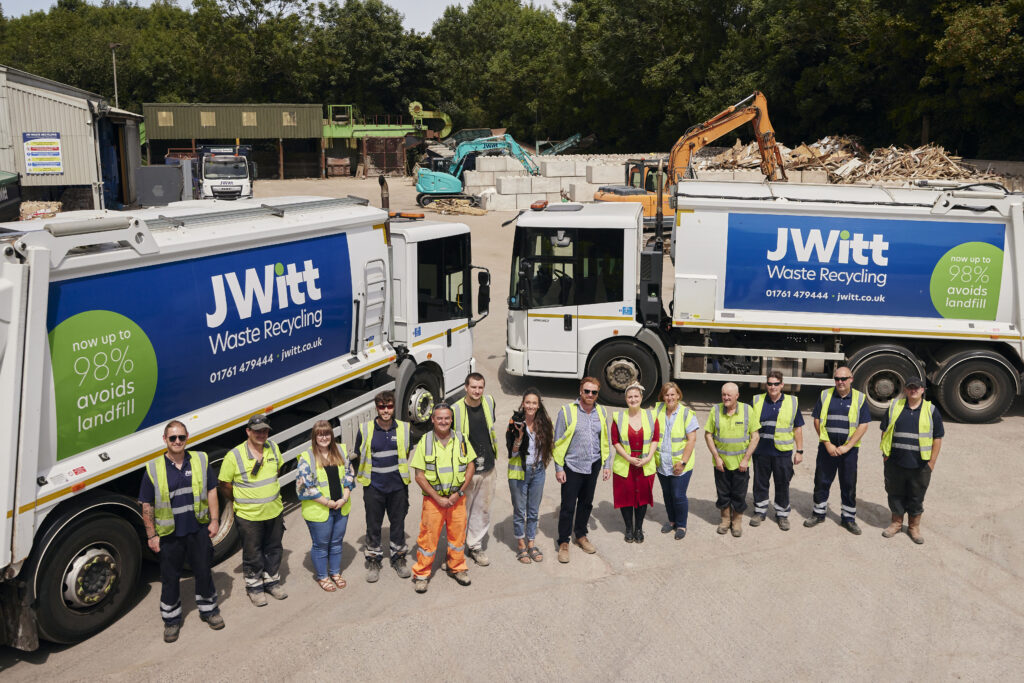In a move which Veolia said is a UK-first, the company will use a data driven thermohydraulic modelling tool “to optimise temperature and network pressure over the 44km long network”.
By taking real time data from across the network, including data collection from the individual heat meters that serve connected buildings, and predicting heat demand and weather patterns, the system is set to reduce peak loads by up to 20% and increase the heat delivery capability by 25%.
Established in 1988, Sheffield’s district energy network sources energy from the Sheffield energy recovery facility. The network serves more than 125 commercial and public sector buildings, encompassing prominent establishments like the Lyceum Theatre, Sheffield City Hall, Weston Park Hospital, universities, and the Millennium Galleries.
Following a trial and integration phase, the AI system harnesses real-time data collected from various points across the network, to control temperature and network pressure.
‘Consumption’
Donald Macphail, chief operating officer, treatment at Veolia said: “In the UK, almost half of the final energy consumed is used as heat, and the domestic, commercial and public sectors account for two-thirds of this consumption for space heating and water heating. As we move to reduce climate impact we need to decarbonise these important heat requirements, and district heating systems are a proven technology to help reduce this carbon footprint.
“By integrating the network in Sheffield with the latest artificial intelligence we have advanced efficiency and taken another important step towards a net zero future”.
Veolia manages energy plants and networks across the UK and currently oversees over 120 community heating schemes.
These schemes distribute heat from various sources, including combined heat and power plants, waste wood biomass, and energy recovery facilities. Globally, the company operates approximately 600 district heating networks spanning 7,000 kilometres of heat mains.









Subscribe for free